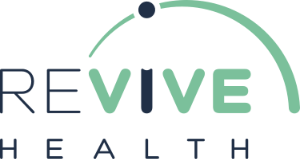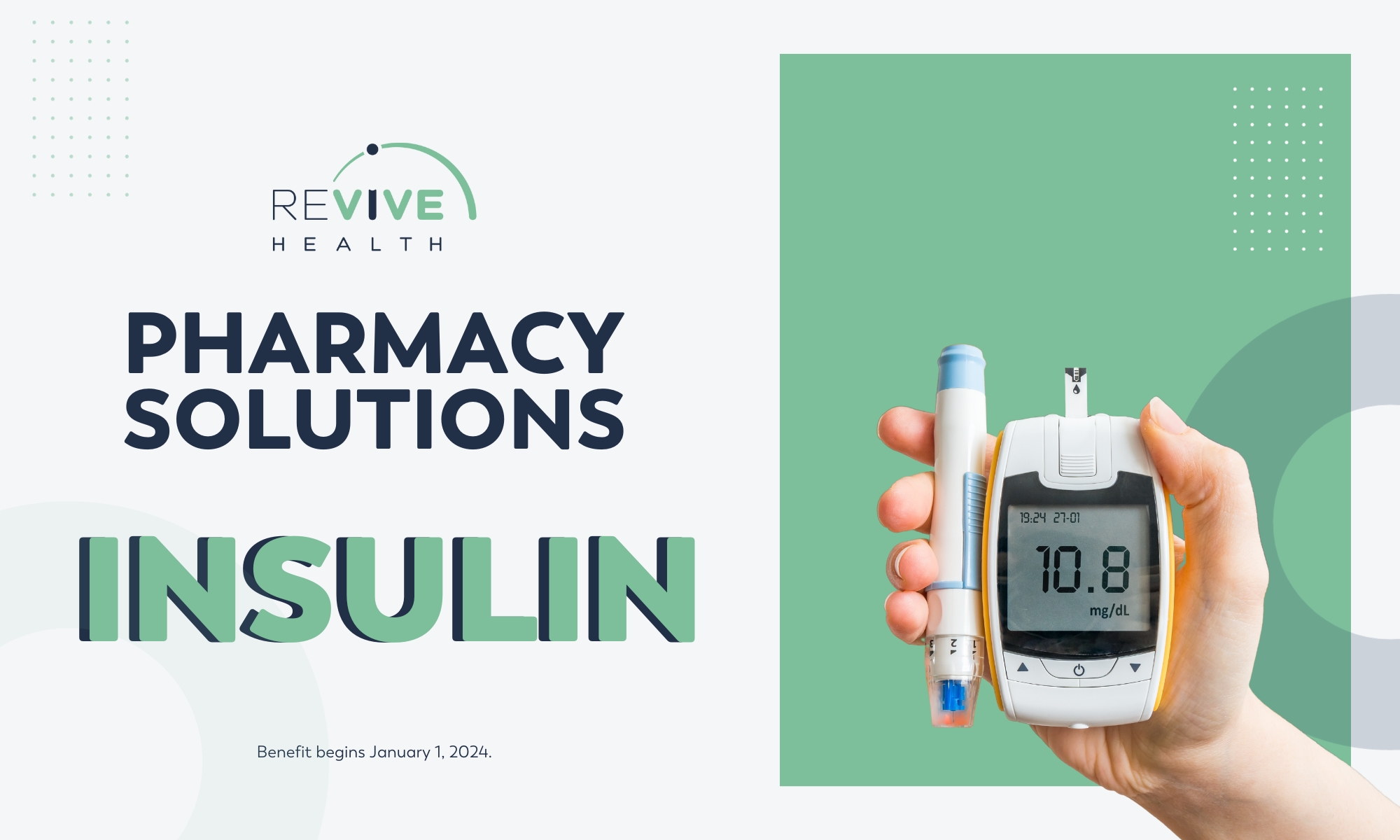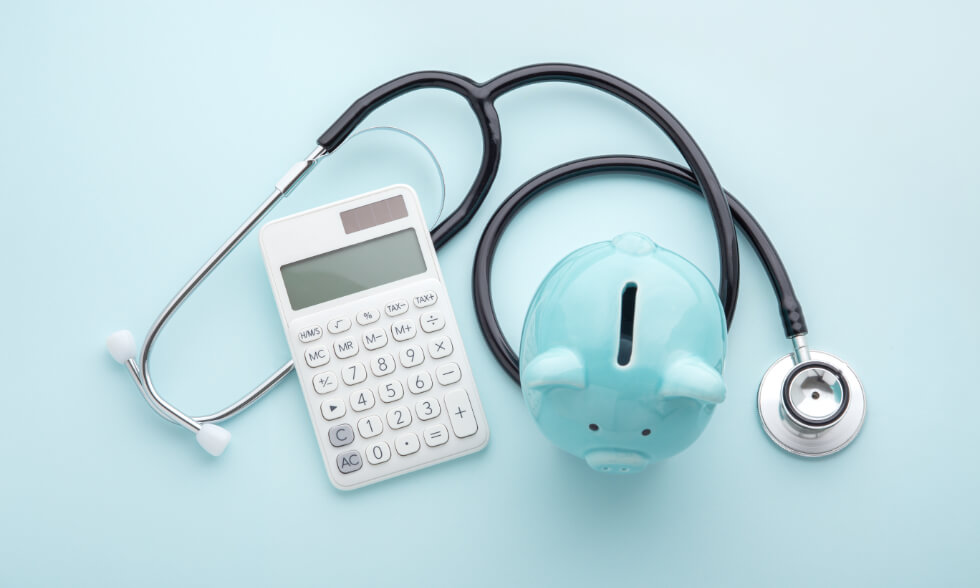How can you rein in health care bills and make the care you need more affordable?
These days even people with good health coverage are paying a larger fraction of their health care bills in the form of co-pays, deductibles, and other out-of-pocket expenses. There’s a direct personal interest in reining in costs, not just a societal one.
How To Save On Healthcare
With health care costs rising across the country, reaching new highs of over $10,000/year per person, consumers need ways to reduce out-of-pocket spending while still being able to access the care they need. Here are a few ways you can reduce your health care spending.
- Develop a good working relationship with a primary care physician. A primary care doctor who knows you, your medical history, and your circumstances stands a much better chance than a relative stranger of making decisions and giving you advice that will keep you healthy, out of the hospital, and in no need of specialized medical care. She or he can take care of you in context. The catch is that primary care physicians are in short supply.
- Visit the same primary care physician each time. Recently, primary care has been evolving into more of an ensemble approach, with the physician being the head of a large supporting cast. With primary care wait times increasing every year, it can be quite difficult to find an available slot. With ReviveHealth, when you schedule an appointment, you will meet with the same primary care physician each visit, helping to build a relationship with a doctor you trust.
- Stick with a single health care program. Most of American health care resources are taken up by the treatment of chronic conditions — like arthritis, diabetes, heart disease, and high blood pressure — and to care at the end of life. Taking medications as prescribed, getting regular check-ups, and adhering to lifestyle changes can keep those diseases under control at relatively modest cost.
- Don’t go directly to a specialist without checking with your primary care doctor. Medical care is increasingly specialized, but as much as possible, you should let your primary care physician coordinate that care. If she or he doesn’t know what’s going on, it can lead to wasteful—and possibly harmful—over testing and duplication of treatments.
- Use generic medications when possible. Spending on pharmaceuticals has slowed down, in large part because of competition from generic drugs, which cost less than their brand-name equivalents. Most insurers have higher co-pays for brand-name drugs, so using generic medications can mean a cost savings both for you and for the health care system. If you’re looking to use brand name drugs but don’t want to incur high costs, switching to a health provider that includes medications in their programs for no additional cost like ReviveHealth can be beneficial. Be sure to first check with your doctor and your pharmacist about what’s available as a generic medication.
- Screen the screening tests. Screening tests can save lives by catching a disease at an early, more treatable stage. But a screening test can also cause a lot of mischief: false alarms, a false sense of security if a disease is missed, and unnecessary diagnostic testing and treatment. There are more doubts about some well-established screening tests than many people realize. For example, many men believe they must get the prostate-specific antigen (PSA) test for prostate cancer. Not so, say the federal government’s prevention guidelines, which characterize the evidence as insufficient to recommend PSA testing.
- Question the need for expensive tests. Don’t push to get new, expensive tests just because you think new is better. If a doctor orders an expensive test like an MRI or CT scan, you can ask why it’s necessary and how it will make a difference. Nowadays, more tests are conducted than ever before, but most of them are actually unnecessary.
- Often, it’s critically important to get medical care straightaway. Prompt treatment of a heart attack or stroke can save your life or prevent devastating disability. But people frequently get tests and treatments for aches, pains, and other discomforts that might have gone away on their own because the illness-producing stress of work or school lets up, for example, or the immune system fights off the infection. If you are feeling sick, by all means get evaluated, but if your doctor suggests the test of time, take the test.
- If you encounter end of life decisions, have discussions with family and physicians. Medical care near the end of life is an expensive item that can cost hundreds of thousands of dollars. In fact, roughly a fifth of the money that Americans spend on health is spent during the last year of life. Living wills and advance directives don’t necessarily save money — people sometimes want more care, not less, as they become more frail — but they may help. Having discussions with professionals and family is a great way to make decisions. A study published in The Journal of the American Medical Association found that cancer patients who had discussed end-of-life care with their physicians received hospice care sooner and had higher quality of life and lower rates of ventilation, resuscitation, and admission to an intensive care unit.
- Join a Whole Person Health Solution like ReviveHealth. Join Revive today and find out how you can save more than 80% on your health care. With plans starting at less than $1/day, ReviveHealth is health care built for your needs and budget, not the providers.





